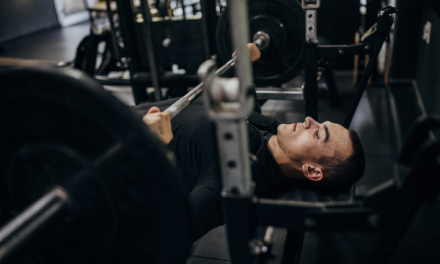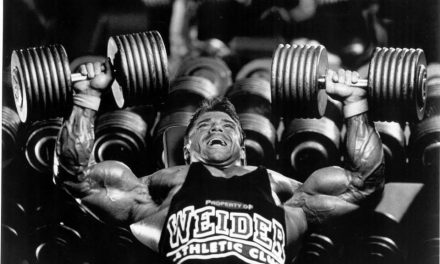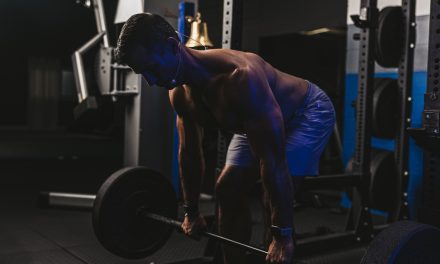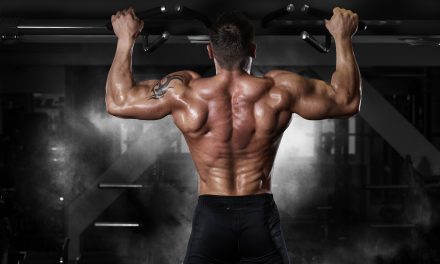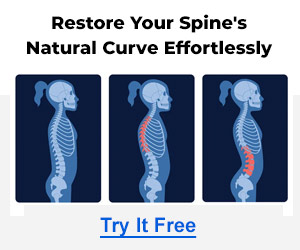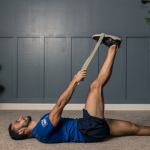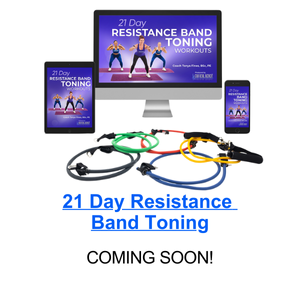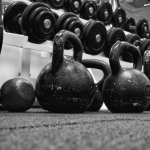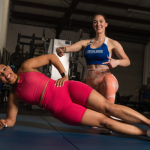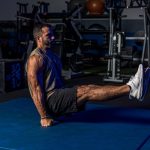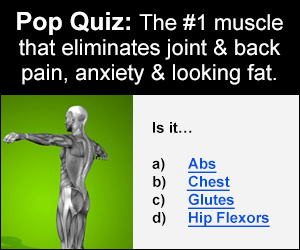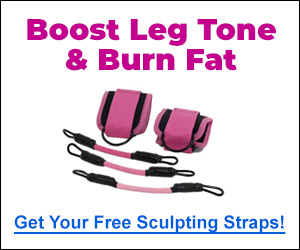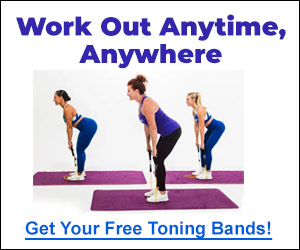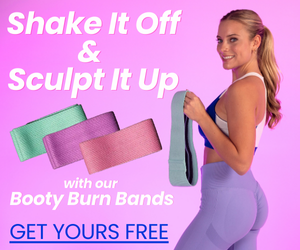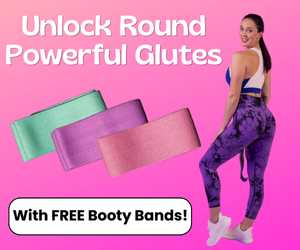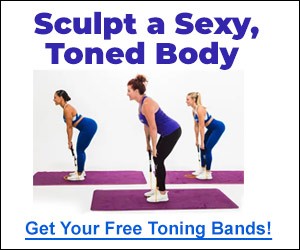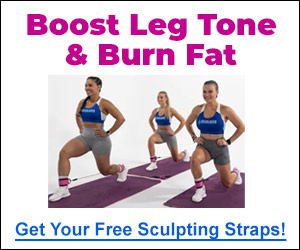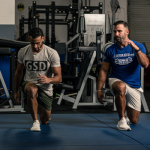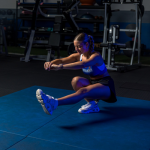If you’ve ever caught a glimpse of your reflection and wished for a more sculpted, lifted, and dynamic posterior, you’re not alone.
Whether you’re starting your fitness journey, looking to boost your performance, or simply want to feel confident and strong, we’ve got your back (and your backside).
Let’s jump into the ultimate playbook for turning what might feel like a flat or uninspired backside into the strong, captivating curves you want.
The Gluteal Muscles: An Overview
Before we get into the nitty-gritty of glute training, let’s start with a brief anatomy lesson.
The gluteal muscles are a group of three muscles that make up your buttocks:

Gluteus Maximus
This is the largest and most prominent of the three gluteal muscles.
It forms the bulk of your buttocks and is responsible for hip extension (lifting your leg backward) and external rotation of the hip joint.
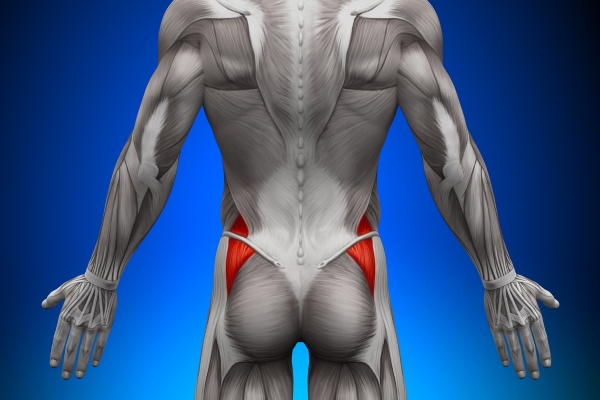
Gluteus Medius
Situated on the external part of your pelvis, the gluteus medius is crucial for hip abduction (the action of moving your leg away from your body) and stabilizing the hip, particularly in activities that involve standing on one leg.
Gluteus Minimus
The smallest of the gluteal muscles, the gluteus minimus also assists in hip abduction and stabilization. It lies just beneath the gluteus medius.
Together, these muscles are responsible for various movements, including walking, running, climbing, and even maintaining an upright posture.
Properly developed and functioning glutes not only contribute to improved athletic performance but also play a significant role in everyday activities.
Weak Glutes? Big Problems
Weak glute muscles can lead to a range of problems that affect not only your fitness performance but also your daily life.
Let’s delve into the problems associated with having weak glute muscles and why it’s essential to pay attention to this crucial muscle group.
1. Postural Issues
Insufficient glute strength may cause issues with posture, especially anterior pelvic tilt.
This condition happens when the pelvis leans forward, creating an excessive arch in the lower back.
Such a stance can lead to pain and discomfort in the lower back.
When the glutes are weak, the hip flexors become dominant.
This imbalance pulls the pelvis into an anterior tilt, further exacerbating postural issues.
Correcting anterior pelvic tilt often requires strengthening the glutes to counteract the hip flexor dominance.
2. Lower Back Pain
One of the most common consequences of weak glutes is lower back pain.
The gluteus maximus plays a crucial role in hip extension and lower back stability. When the glutes are underactive, the lower back muscles may compensate, leading to overuse and strain.
Additionally, weak glutes can contribute to poor spinal alignment, leading to discomfort and pain in the lower back region.
Strengthening the glutes can alleviate this strain and reduce the risk of chronic lower back pain.
3. Knee Pain and Injuries
Weak glutes can also have a significant impact on the knees.
The gluteus medius, in particular, plays a crucial role in hip stability during activities such as walking, running, and jumping.
When these muscles are weak, it can lead to poor alignment of the knees, increasing the risk of knee pain and injuries, such as patellofemoral pain syndrome (PFPS) or iliotibial band syndrome (ITBS).
4. Hip Pain and Dysfunction
As mentioned earlier, the gluteus medius and minimus are responsible for hip abduction and stabilization.
Weakness in these muscles can result in hip pain and dysfunction, especially when performing activities that require lateral movement or single-leg support.
Conditions like hip bursitis may develop as a result of gluteal weakness.
5. Reduced Athletic Performance
For athletes, weak glutes can be a significant hindrance to performance.
Whether you’re a runner, a soccer player, a weightlifter, or participate in any sport, strong glutes are essential.
These muscles provide power, stability, and explosiveness during movements like sprinting, jumping, and changing direction.
Weak glutes can limit your athletic potential and increase the risk of injury.
6. Altered Gait and Balance Issues
The glutes are crucial for maintaining proper gait and balance.
Weak glutes can lead to an altered walking pattern, with compensation from other muscle groups.
This compensation can result in an inefficient gait and increase the risk of falls and injuries, especially in older adults.
7. Difficulty in Everyday Activities
Weak glutes can make everyday activities more challenging than they need to be.
Tasks like climbing stairs, standing up from a seated position, or lifting objects become more strenuous when your glutes lack the necessary strength and stability.
8. Aesthetic Concerns
While the problems mentioned above primarily focus on function and health, weak glutes can also affect aesthetics.
If you’re aiming for a well-rounded and firm derrière, having weak glute muscles can hinder your progress. Proper glute training is essential for achieving the desired shape and tone.
Weak glute muscles are not just a matter of aesthetics; they can lead to a host of physical problems and limitations.
From postural issues and lower back pain to knee problems and reduced athletic performance, the consequences of gluteal weakness are wide-ranging.
If you suspect you have weak glutes or are experiencing any of the issues mentioned, it’s essential to incorporate targeted glute-strengthening exercises into your fitness routine.
But before we get there, let’s further explore the importance of strong glutes.
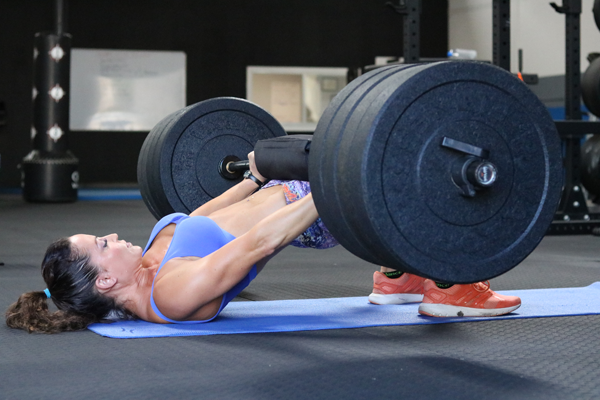
The Importance of Strong Glutes
Now that we understand the problems behind having weak glutes, let’s explore why having strong glutes is essential for everyone, regardless of your fitness goals.
Enhanced Athletic Performance: Strong glutes are crucial for athletes, as they provide power and explosiveness. Whether you’re sprinting, jumping, or changing direction on the field, your glutes are at the forefront of these movements.
Injury Prevention: Well-developed glutes contribute to better hip and pelvic stability. This stability can help reduce the risk of common injuries, such as knee pain, lower back pain, and IT band syndrome.
Improved Posture: Weak glutes can lead to poor posture, which can result in back pain and discomfort. Strong glutes play a key role in maintaining an upright and stable posture.
Aesthetic Appeal: Let’s not forget the aesthetic aspect. A well-rounded and firm derrière is a goal for many fitness enthusiasts. Strong glutes can help you achieve that desired shape.
Overall Strength: Strong glutes are not just about looks; they are integral to overall lower body strength. They assist in various compound movements like squats and deadlifts, making these exercises more effective.
Now that we’ve established the importance of strong glutes let’s move on to the strategies for building and sculpting them.
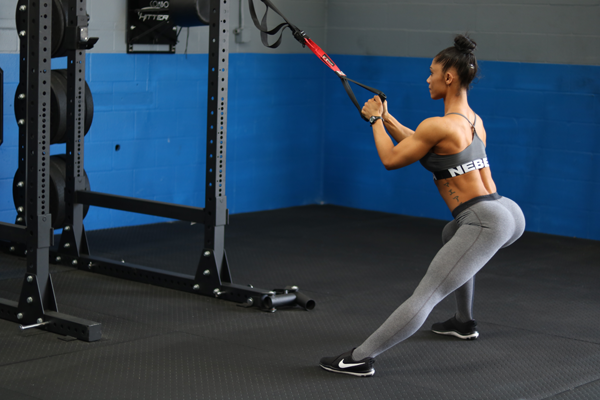
Strategies for Building Strong Glutes
Building strong glutes is a multi-faceted endeavor that involves proper exercise selection, nutrition, and recovery.
Let’s break down the key strategies:
1. Targeted Glute Exercises
To effectively build your glutes, you need to incorporate exercises that specifically target these muscles. Here are some of the best exercises for sculpting strong glutes:
Squats: A compound movement that targets the glutes, quads, and hamstrings. Variations like back squats, front squats, and goblet squats can be used.
Deadlifts: A powerful exercise that engages the glutes, hamstrings, and lower back. Sumo deadlifts and Romanian deadlifts are excellent variations.
Lunges: Both forward and reverse lunges activate the glutes. To increase the glute activation, use a longer stride and focus on pushing through your heel.
Hip Thrusts: A fantastic isolation exercise for the glutes. Load a barbell or use a resistance band for added resistance.
Glute Bridges: This exercise effectively targets the glutes, especially the gluteus maximus. It can be performed with bodyweight or weighted variations.
Bulgarian Split Squats: A single-leg exercise that provides a great glute workout. Elevate your rear foot on a bench or step for added intensity.
Romanian Deadlifts: This variation of the deadlift places a significant emphasis on the glutes and hamstrings.
2. Progressive Overload
Progressive overload is fundamental to building muscle. It requires steadily boosting the resistance, volume, or intensity of your exercise regimen over time.
To build strong glutes, aim to lift heavier weights, perform more reps, or increase the difficulty of your exercises as you progress.
3. Proper Form and Technique
Maintaining proper form is crucial to ensure that you’re targeting your glutes effectively and avoiding injury.
Focus on good technique, and consider working with a qualified fitness trainer or coach to fine-tune your form.
4. Nutrition and Hydration
Nutrition is crucial for muscle growth.
Make sure to intake sufficient protein to aid in muscle development and repair.
Keeping hydrated is key to maintaining optimal muscle performance and general health.
5. Rest and Recovery
Don’t underestimate the importance of rest and recovery.
Muscles grow and repair during periods of rest, so be sure to get enough sleep and allow your glutes to recover between intense workouts.
6. Consistency
Building strong glutes is not a one-time effort but a journey that requires consistency.
Stick to your workout routine and stay patient; results will come over time.
7. Variety in Training
Don’t get stuck in a rut with the same exercises. Incorporate variety into your glute training routine to challenge your muscles from different angles and prevent plateaus.
8. Activation Exercises
Before diving into your main glute exercises, include activation exercises like glute bridges and clamshells to “wake up” your glute muscles and ensure they are firing properly.
9. Stretching and Mobility
Maintaining good hip mobility is essential for maximizing glute activation. Include dynamic and static stretching in your routine to improve flexibility and range of motion.
10. Supplemental Work
Consider adding isolation exercises like cable kickbacks and side-lying leg lifts to target specific areas of your glutes for a well-rounded look.
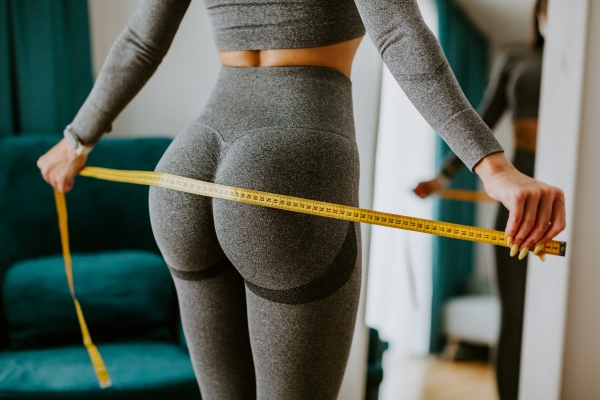
The Glute-Building Workout Routine
Now that we’ve covered the strategies, let’s put them into action with a sample glute-building workout routine.
This routine combines compound and isolation exercises to target all areas of the glutes.
Warm-Up (5-10 minutes)
Let’s kick things off with a proper warm-up!
Jumping jacks or brisk walking to increase blood flow and warm up your muscles.
Main Workout
Now that your glutes are ready to go, we can dive into the workout:
Bodyweight Squats
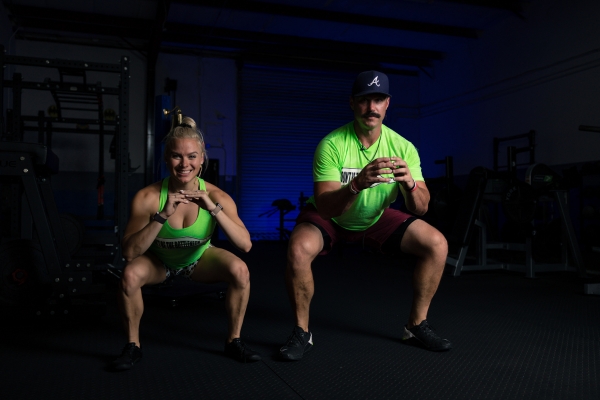
How to Do It:
- Begin with your feet shoulder-width apart and your toes slightly turned out.
- Extend your arms straight out in front of you, parallel to the ground, to help balance.
- Start by pushing your hips back as if you’re sitting in an invisible chair.
- Bend your knees and lower your body. Keep your back straight and chest lifted.
- Aim to get your hips lower than your knees, or as low as comfortably possible without compromising form.
- Drive through your heels to return to the starting position, keeping your knees slightly bent at the top.
- Perform 3 sets of 8-10 reps.
Barbell Hip Thrusts
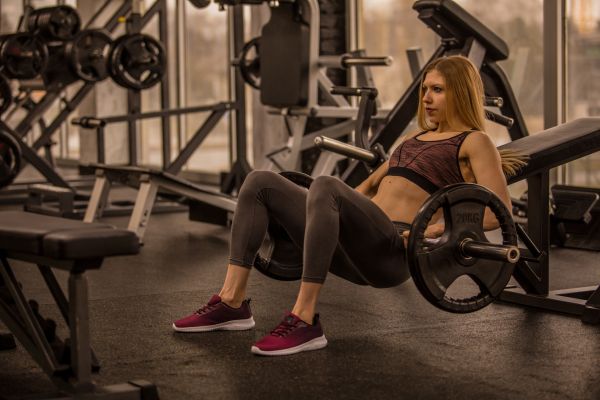
How to Do It:
- Sit on the ground with a bench behind you and place a barbell across your legs. For added comfort, ensure the barbell is padded.
- Adjust the barbell so it rests directly over your hips, then lean back against the bench until your shoulder blades are positioned near its top.
- Plant your feet flat on the floor, shoulder-width apart, and toes pointing forward slightly.
- Push through your heels, extending your hips vertically through the bar. Your body should form a straight line from your shoulders to your knees at the top of the movement.
- Pause at the top and squeeze your glutes.
- Lower the hips back down to the starting position.
- Perform 3 sets of 8-10 reps, maintaining form throughout.
Romanian Deadlifts
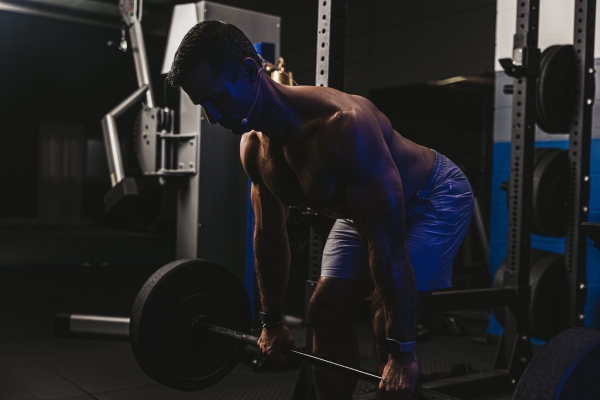
How to Do It:
- Stand up straight with your feet spaced hip-width apart, gripping a barbell in front of your thighs using an overhand grip.
- Ensure your feet are firmly planted and your grip is slightly wider than shoulder-width.
- Push your hips back and slightly bend your knees as you lower the barbell along the front of your legs.
- Keep your back straight and head in a neutral position aligned with your spine.
- Lower the barbell until you feel a stretch in your hamstrings or it reaches mid-shin level, whichever comes first.
- Engage your glutes and hamstrings to reverse the motion, driving your hips forward to return to the starting position.
- Perform 3 sets of 8-10 reps.
Bulgarian Split Squats
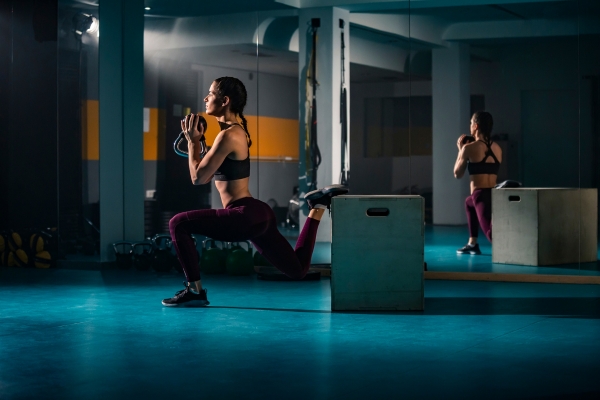
How to Do It:
- Stand about two feet in front of a knee-high bench or platform, facing away from it.
- Extend one leg back and place the top of your foot on the bench.
- Keep your front foot flat on the ground and ensure it’s far enough forward to maintain balance.
- Flex your front knee, gently lowering yourself to the ground while keeping your upper body vertical and your hips aligned.
- Continue until your front leg forms a near-parallel line with the floor and your rear knee almost grazes the ground.
- Drive through your front heel to return to the starting position.
- Perform 3 sets of 10-12 reps per leg.
Glute Bridges
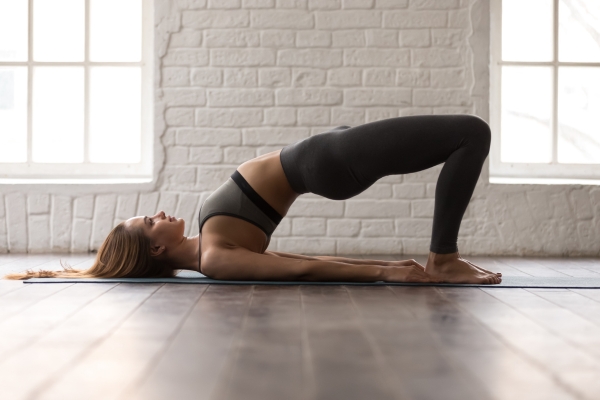
How to Do It:
- Position yourself flat on your back, bending your knees so that your feet are flat and hip-width apart.
- Place your arms next to your body with palms facing downward.
- Press your feet into the floor and lift your hips towards the ceiling by squeezing your glutes and engaging your core.
- Keep lifting until your knees, hips, and shoulders form a straight line. Avoid arching your lower back excessively.
- Pause at the top of the movement and squeeze your glutes tightly.
- Slowly lower your hips back down to the starting position.
- Perform 3 sets of 12-15 reps.
Cable Kickbacks
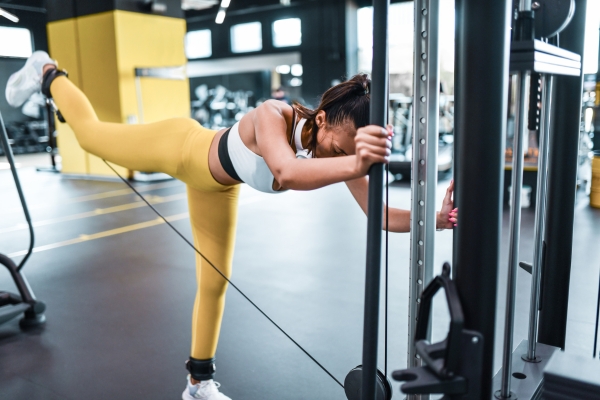
How to Do It:
- Connect an ankle cuff to a low pulley cable machine and fasten it around your ankle.
- Stand facing the cable machine with the cuffed leg slightly behind you. Hold onto the machine or a stable support for balance.
- Keep a slight bend in your standing leg for stability throughout the exercise.
- Engage your core and kick the cuffed leg straight back as far as possible without arching your back. Focus on using your glutes to perform the movement.
- Slowly return the leg to the starting position, maintaining tension in the cable.
- Perform 3 sets of 12-15 reps per leg.
Planks
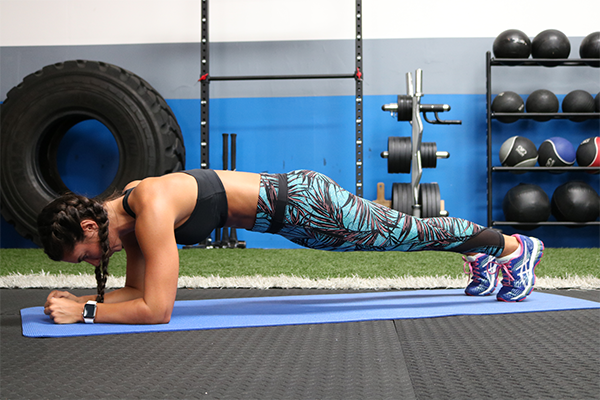
How to Do It:
- Begin by lying face down on the floor or on a mat.
- Prop yourself up on your elbows and your toes, keeping your elbows directly under your shoulders.
- Straighten your body to form a straight line from your head to your heels. Avoid sagging or piking at the hips.
- Tighten your core by pulling your belly button towards your spine. Keep your glutes engaged as well.
- Maintain this position, keeping your body rigid and your breathing steady.
- Perform 3 sets of 30-45 seconds.
Cool Down (5-10 minutes)
Perform static stretches for your hamstrings, quadriceps, and hip flexors.
Include a glute stretch to release tension in your glutes.
Nutrition and Recovery
Keep in mind that both nutrition and recovery hold equal significance.
Ensure you’re eating a balanced diet that includes lean proteins, complex carbohydrates, and healthy fats.
Drink plenty of water and focus on your post-workout nutrition to aid in muscle recovery.
Ensure you get 7-9 hours of quality sleep each night to allow your muscles to repair and grow.
Consider incorporating foam rolling and massage therapy into your routine to relieve muscle tension and promote recovery.
Tracking Progress
To stay motivated and track your progress, keep a workout journal.
Record the weights lifted, the number of sets and reps performed, and any changes in your physique.
Taking progress photos at regular intervals can also be an excellent way to visualize your glute gains.
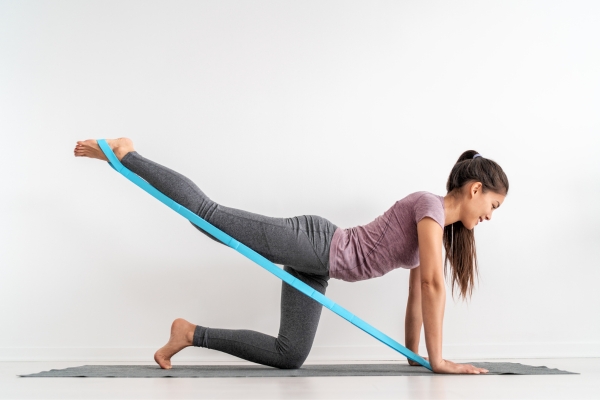
Wrap-Up and Key Points
Building strong and shapely glutes is an achievable goal for anyone willing to put in the effort.
Whether you’re an athlete striving for peak performance or someone looking to enhance your physique, the strategies outlined in this guide can help you unlock the power of your glutes.
Remember, consistency is key, and results won’t happen overnight.
Stay dedicated to your glute training, follow a balanced nutrition plan, prioritize recovery, and watch as your glutes become a symbol of strength, stability, and aesthetic appeal.
Your journey to stronger glutes starts now!
Key Points to Remember
- Address Weak Glutes: Weak glutes can lead to postural issues, lower back pain, knee injuries, and hip dysfunction, impacting both athletic performance and daily activities.
- Essential for Performance: Strong glutes enhance athletic performance by providing power and stability, reducing the risk of injuries.
- Impact on Posture and Aesthetics: Strengthening your glutes can improve your posture and contribute to a more aesthetically pleasing physique.
- Exercise Selection: Focus on compound movements like squats, deadlifts, and lunges, and include targeted exercises like hip thrusts, glute bridges, and Bulgarian split squats.
- Progressive Overload: Continuously challenge your glutes by increasing weight, reps, or intensity to foster muscle growth.
- Proper Form is Crucial: Ensure correct technique to target glutes effectively and prevent injuries.
- Nutrition and Recovery: Support muscle growth and recovery with a balanced diet rich in protein and adequate rest.
- Consistency and Variety: Regularly engage in glute workouts and vary exercises to prevent plateaus and maintain progress.
- Activation and Mobility: Include activation exercises to prime your glutes before workouts and incorporate mobility work to enhance movement and effectiveness.

